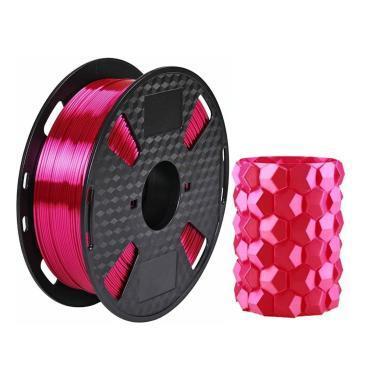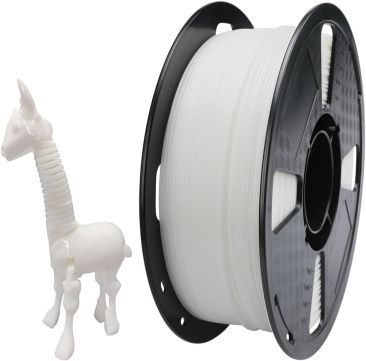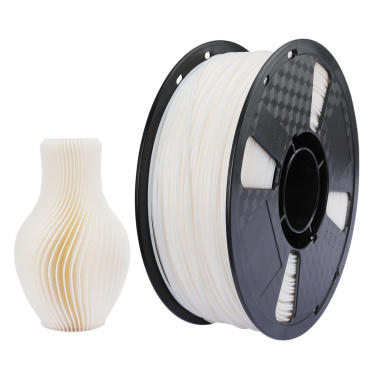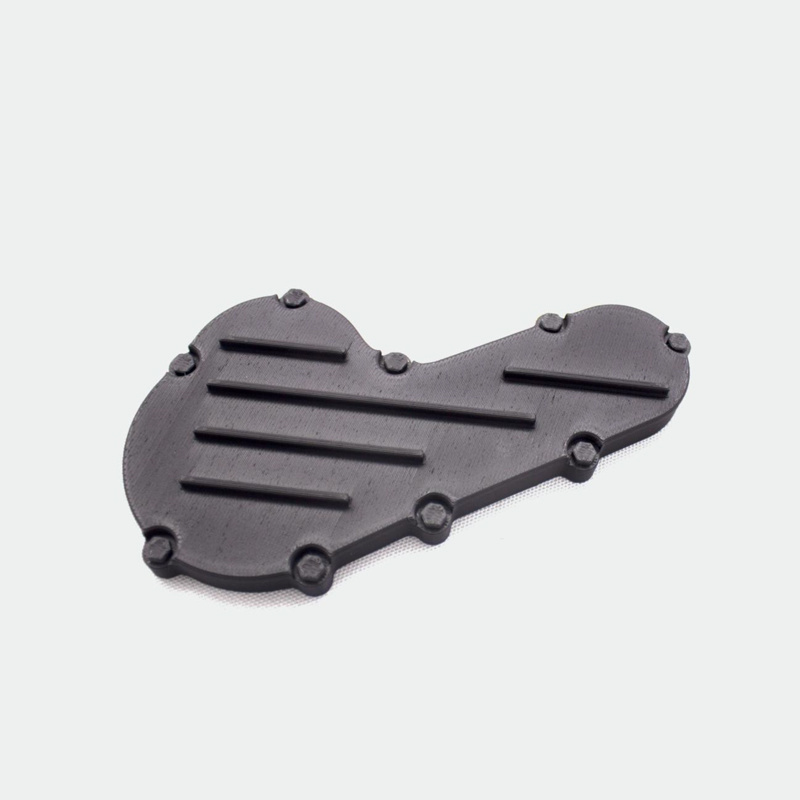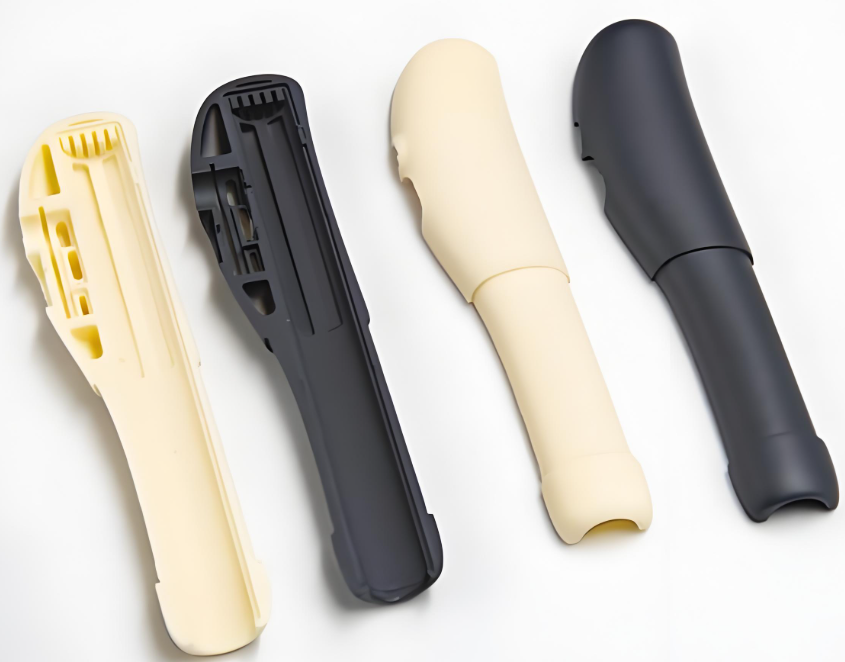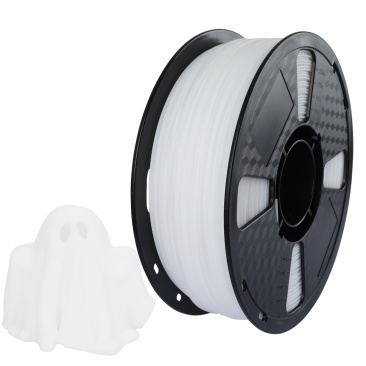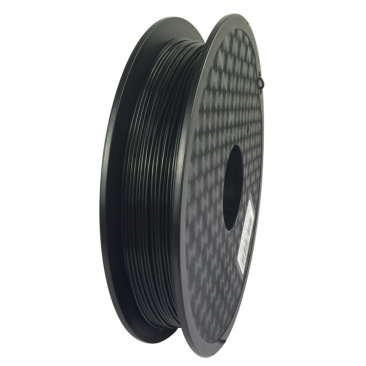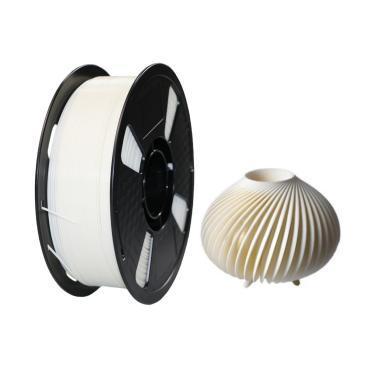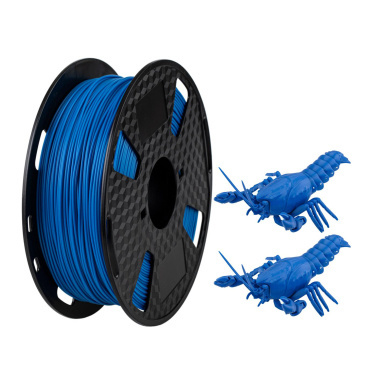High precision 3D scanning technology leads a new trend in the wig customization industry
Aug 29,2024
In recent years, with the booming development of the "beauty economy", wig products have gradually become the focus of attention in "head fashion". Whether it is to enhance the beauty of personal image, such as covering hair loss issues, or to pursue versatile and innovative styling, customized wig products have become a popular choice for many consumers. However, in the process of customizing wig products, issues such as connection, hair flow, and hairline often become a headache for consumers, causing great distress.
Next, we will introduce how to empower wig design through high-precision 3D scanning technology, providing consumers with more comfortable and invisible fashionable wigs.
Difficulties in data collection and measurement of traditional craft head shapes
The traditional wig customization process highly relies on the rich experience of the master. First, the skilled master personally collects the customer's head shape data, and then carries out fine wig customization design. Due to the different head shapes of each customer, there are both pointed and flat tops, as well as rounded and full shapes with asymmetrical front and back; And the human head, as a complex and multi-faceted three-dimensional surface, is far from being comparable to a simple planar structure, which undoubtedly poses significant challenges to the collection of head shape data.
The traditional method of collecting head shape data is mainly through manual measurement, such as directly measuring the circumference, left and right, front and back depth of the customer's head using a soft tape measure; Alternatively, attach cling film to the customer's head and wrap it with transparent adhesive tape to create a hard shell, then mark important positions such as hairline, head spin, and front to back depth on it. This type of measurement method often takes a long time, usually around 40 minutes, and the measurement experience is not satisfactory. Moreover, there may be measurement errors in the data, which can affect the subsequent design of the wig's connection and hairline, leading to wrinkles, unevenness, or curled edges in the finished product when worn.
Latest News


